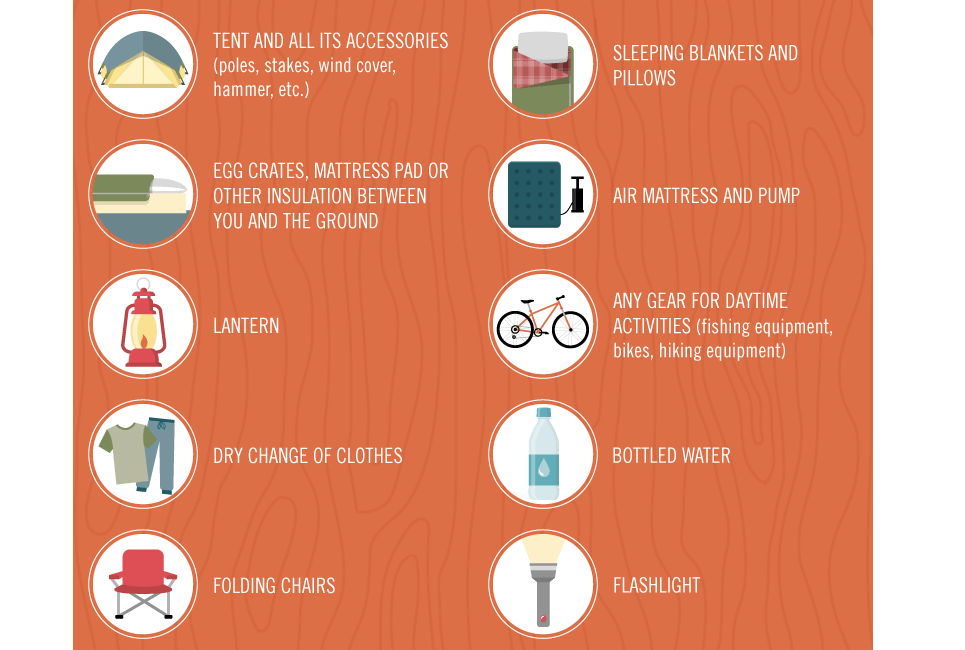Wintertime outdoor camping is an enjoyable and adventurous experience, however it needs appropriate gear to ensure you stay warm. You'll require a close-fitting base layer to catch your temperature, in addition to a shielding coat and a water-proof covering.
You'll likewise require snow stakes (or deadman supports) hidden in the snow. These can be tied utilizing Bob's brilliant knot or a regular taut-line hitch.
Pitch Your Outdoor tents
Winter camping can be an enjoyable and daring experience. However, it is very important to have the correct gear and know exactly how to pitch your outdoor tents in snow. This will certainly prevent chilly injuries like frostbite and hypothermia. It is likewise vital to consume well and stay hydrated.
When setting up camp, make certain to select a website that is protected from the wind and free of avalanche danger. It is likewise a great concept to load down the location around your tent, as this will help reduce sinking from temperature.
Prior to you established your tent, dig pits with the same size as each of the anchor factors (groundsheet rings and individual lines) in the facility of the tent. Fill these pits with sand, stones and even things sacks loaded with snow to portable and secure the ground. You may also want to consider a dead-man anchor, which includes connecting camping tent lines to sticks of wood that are buried in the snow.
Load Down the Location Around Your Outdoor tents
Although not a need in the majority of locations, snow risks (additionally called deadman anchors) are an excellent enhancement to your camping tent pitching set when outdoor camping in deep or pressed snow. They are generally sticks that are created to be hidden in the snow, where they will certainly ice up and produce a solid anchor point. For finest results, utilize a clover hitch knot on the top of the stick and bury it in a few inches of snow or sand.
Set Up Your Tent
If you're camping in snow, it is a good idea to use a tent developed for wintertime backpacking. 3-season camping tents function fine if you are making camp below timber line and not expecting particularly harsh weather condition, but 4-season tents have stronger poles and textiles and offer more defense from wind and hefty snowfall.
Make certain to bring ample insulation for your sleeping bag and a cozy, dry blow up floor covering to sleep on. Blow up floor coverings are much warmer than foam and assistance avoid chilly areas in your outdoor tents. You can likewise add an added mat for resting or cooking.
It's likewise a great concept to establish your tent near to an all-natural wind block, such as a group of trees. This will certainly make your camp extra comfortable. If you can't discover a windbreak, you can develop your very own by excavating openings and hiding items, such as rocks, outdoor tents risks, or "dead man" anchors (old tent man lines) with a shovel.
Restrain Your Camping tent
Snow risks aren't required if you use the ideal techniques to anchor your outdoor tents. Buried sticks (perhaps gathered on your strategy walk) and ski posts work well, as does some version of a "deadman" hidden in the snow. (The concept is to develop a support that is so strong you will canvas travel bag not be able to pull it up, despite having a lot of effort.) Some producers make specialized dead-man supports, yet I like the simplicity of a taut-line hitch connected to a stick and then buried in the snow.
Be aware of the surface around your camp, particularly if there is avalanche risk. A branch that falls on your tent might harm it or, at worst, harm you. Also be wary of pitching your camping tent on an incline, which can trap wind and lead to collapse. A sheltered area with a low ridge or hill is far better than a steep gully.
